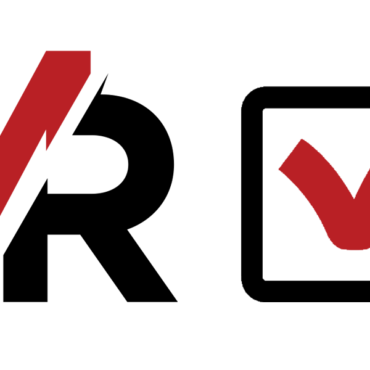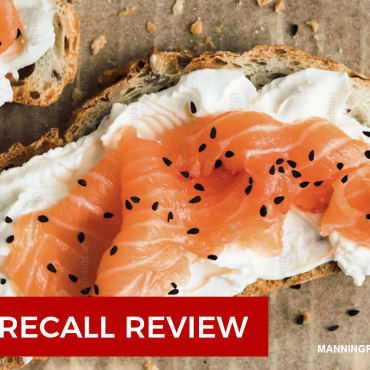- Ensure the facility is in good repair and that there is no infiltration from weather or pests from the external environment.
- Establish clear protocols and procedures on Raw Receiving, Preparation, Processing, Packaging, and Shipping, and who can enter and work in these areas. In addition, map out foot traffic patterns to eliminate cross-contamination.
- Determine what systems, tools, and utensils are allowed in each area and what are not (i.e., non-metal detectable pens with removable caps, etc.)
- Identification of bins that contain In-Process, Rework, and “To Be Discarded Materials”.
- Method to ensure proper formulas and packaging (primary, secondary, and tertiary) are obtained and verified before use.
- Verify that all utility systems that support the process are functioning properly (External Make-Up Air Filtration, Sanitary Compressed Air, Culinary Steam, Boiler, Water Control and Purification, HVAC, Ventilation, Positive Pressure Control Systems).
- Only approved Cleaning Chemicals, Oils, Grease, Mechanical Degreasers and Solvents, etc., are used and in their appropriate, clearly marked containers.
- Approved sources of ingredient water, ice, and other components are clearly identified and allowed for use in the manufacturing process.
- Quality testing and recordkeeping protocols are followed, reviewed and escalated in accordance with the company’s policies and communication and escalation procedures are established for non-conformance.
- Ensure all employees and GMP services are available and/or functioning properly, including uniforms, shoe control, handwashing with hot water, soap and sanitizers, etc.
Manning Resource LLC. Expert Advising for the Food & Beverage Industry © 2025. All rights reserved.



Add Comment